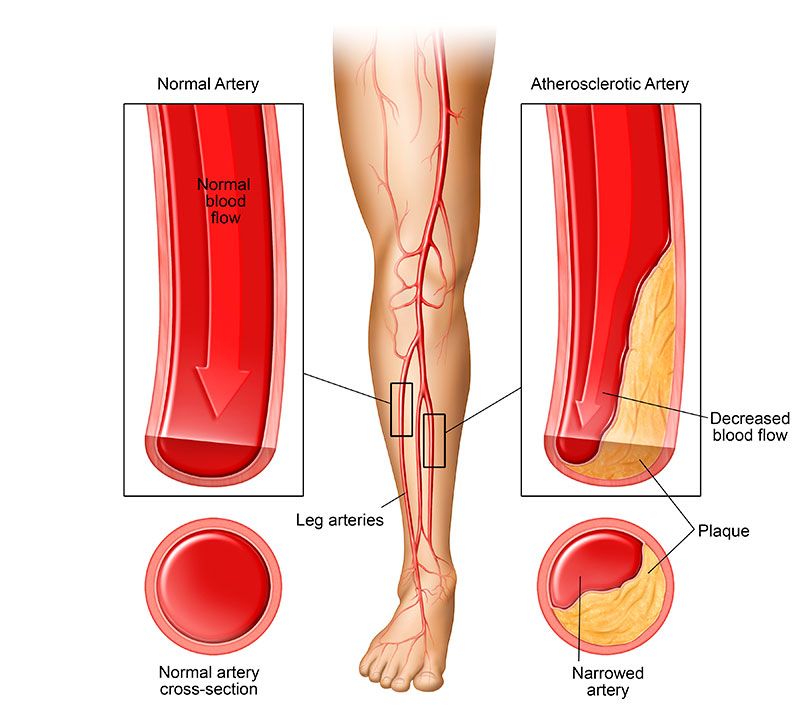What Causes Leg Pain?

There are many causes of leg pain, from arthritis to overuse and injury to damage to the soft tissue. Vascular disease, in particular, can cause heavy, dull leg pain because arteries and veins do not function properly. Pain related to these conditions can be worse than the original ailment.
Arteries
If you have pain in your leg, you may have an artery problem. Arteries are part of the cardiovascular system, and a blockage in one or more of them can be just as dangerous as a blockage in the heart. An artery problem in the leg can lead to a limb amputation if it's severe enough.
Arteries cause leg pain because they restrict the flow of blood. This can cause pain in the leg and some cases, make it difficult to walk or stand. The good news is that there are treatments available for your leg pain. Whether you're experiencing a single episode of pain or you've been experiencing pain for a long time, you should visit a doctor to see if you need to make any lifestyle changes or undergo diagnostic tests.
Arthritis
Arthritis affects the joints, the parts of the body where bones meet. Muscles and tendons support them. Arthritis can cause the joints to become stiff and painful. The joints can also change shape and alignment. The most common form of arthritis is osteoarthritis.
Patients with arthritis are encouraged to get regular exercise. This can include walking, which is an enjoyable activity for many people. However, if the pain persists even after physical activity, it is necessary to consult a physician. Other conditions, including muscle or joint problems, may cause leg pain. A medical examination and diagnostic testing are necessary to determine the exact cause of the pain.
Gout
Gout is an inflammatory disease that causes pain in the joints. It is characterized by the presence of uric acid crystals in the joints. These crystals in the joints cause inflammation and swelling, resulting in attacks or flare-ups. Its symptoms can vary from person to person, though they are similar. Gout treatment can include taking medications and maintaining a healthy lifestyle.
Gout treatment involves lowering the uric acid level in the body. Medications can reduce the uric acid level in the body or improve the kidney's excretion. The pain is usually most severe 12 to 24 hours after the onset of the attack. However, the pain can last up to a week without proper treatment.
Cancerous tumors
There are several different types of treatment for cancerous tumors of the bone that cause pain in the leg. Treatments depend on the stage of cancer and the location of the tumor. Treatments can include surgery, radiation therapy, or chemotherapy. The final treatment decision will be made by a physician specializing in treating bone cancer.
Among the many types of tumors, the most common is a sarcoma or soft tissue cancer. This type of tumor usually forms in the leg. Patients usually experience a firm, persistent mass in the leg that begins slowly and then continues to grow. The mass can compress a nerve, causing pain. The tumor can be detected with x-rays and MRI scans. A biopsy can confirm the diagnosis and determine the type of treatment.
Overuse
Overuse injuries are caused by too much stress on a muscle or joint. These injuries can result in long-term damage, such as stress fractures and tendon problems. To prevent these injuries, it is essential to recognize the symptoms early. The symptoms of overuse injuries may include leg pain, swelling, and stiffness.
There are several types of overuse injuries. The most common are plantar fasciitis, tibialis posterior tendinitis, long flexor of the toe tendinitis, and toe extensor tendinitis. Other overuse conditions include anterior and posterior impingement syndromes in the ankle and foot.



